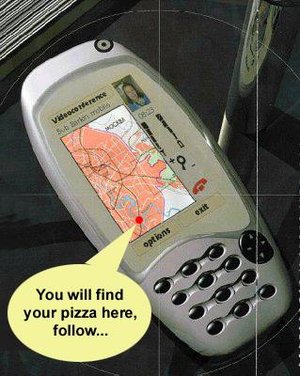Development of a Galileo/GPS monolithic receiver front-end
Future Global Navigation Satellite System (GNSS) receivers will need to receive not just the so-called L1 frequency but the whole range of GPS, GLONASS, EGNOS and GALILEO signals in the lower and upper part of the L-band spectrum.
Consequently, the radio frequency front-ends of future GNSS receivers will need to be wide-band, covering a range of some 400 MHz instead of the current few MHz. They will also need to be able to process multiple signals simultaneously. Current implementations of such receivers, for GPS L1/L2 signals, normally use parallel (and therefore high cost) radio-frequency front-ends.
The acceptance of Galileo will depend on the early availability of low cost receivers. Moreover, space research and space applications will benefit from the availability of a truly compact wideband GNSS receiver. ESA has already initiated two related developments of wideband receivers; however both contracts put the emphasis on space technology and are limited to receiving the current and planned GPS/GLONASS signals (and potentially those Galileo signals that fall into that frequency range).
In quite some contrast, this development will cover the complete Galileo frequency range and will allow the reception and processing of any combination of signals. The monolithic receiver front-end implementation will be based on state-of-the art commercial technology. The resulting device will then be tested to characterise its radiation hardness properties.
The development consortium comprises ChipIdea, Septentrio and Lusospace.
The project was initiated in May 2005 and is expected to finish in December 2006.















 Germany
Germany
 Austria
Austria
 Belgium
Belgium
 Denmark
Denmark
 Spain
Spain
 Estonia
Estonia
 Finland
Finland
 France
France
 Greece
Greece
 Hungary
Hungary
 Ireland
Ireland
 Italy
Italy
 Luxembourg
Luxembourg
 Norway
Norway
 The Netherlands
The Netherlands
 Poland
Poland
 Portugal
Portugal
 Czechia
Czechia
 Romania
Romania
 United Kingdom
United Kingdom
 Slovenia
Slovenia
 Sweden
Sweden
 Switzerland
Switzerland



























